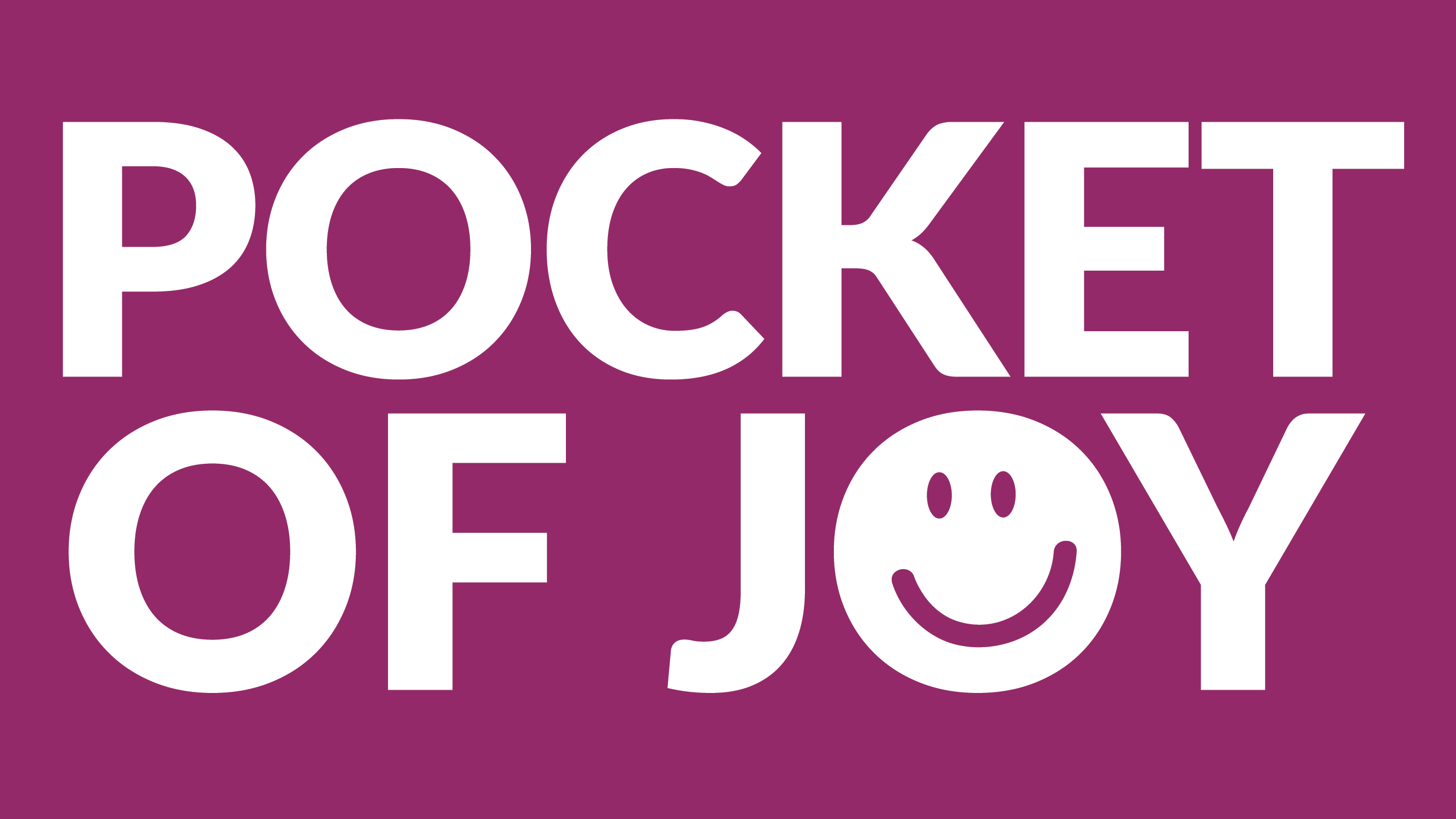Pocket of Joy – ELDOA

To be honest, I didn’t love Level 1 — I think I didn’t fully “get” ELDOA. Recently I completed Level 2 and am now jiving on the moves! Why did I invest in Level 2 if I didn’t love Level 1? I have a number of clients who swear that ELDOA is responsible for managing their back pain.
Plus, many of my clients regularly see osteopaths or chiropractors, and these practitioners often give ELDOA postures as homework. Since homework is often given hastily after treatment, the client is sometimes unclear on form. Being certified in ELDOA allows me to help my clients make sense of their homework.
What is ELDOA?
ELDOA (LOADS in English) was created by the revered Dr. Guy Voyer. ELDOA postures allow the participant to tense the myofascial chains around the spinal segment they are attempting to address. (What is fascia? Think of fascia as the link between all the structures of the body — it forms a continuum with other tissue structures, creating interconnections between muscles, etc., making the body a global structure. There isn’t a bone, muscle, organ, or nerve that isn’t linked within body.)
The goal of ELDOA is improved spinal joint mechanics, increased blood flow, reduction of pressure and rehydration of the spinal discs, improved muscle tone, improved posture, and increased proprioception and general awareness. In short, the goal is to engender “postural normalization.”
ELDOA has evolved into a method (like Pilates) that anyone can do to maintain or increase their spinal health, but initially Dr. Voyer created ELDOA as a complementary method to hands-on therapy — as homework therapists could give their clients between treatments. He believes, as I do, that consistency is paramount; the best results are created with treatment plus daily homework versus simply passive treatment. Although group ELDOA classes exist, the emphasis is on daily self-practice. Dr. Voyer is known for saying, “You are your own best therapist.” (If you live in Toronto, consider trying out ELDOA at Body Harmonics (https://www.bodyharmonics.com/studios/schedule/). I got my Pilates certification through Body Harmonics and LOVE THEM!! They just recently started offering ELDOA, and I am excited to try. Another option is Sphinx Pilates (https://www.sphinxpilates.com/). Petra, the founder, is who certified me.)
Two main positives of ELDOA
ELDOA is realistic and targeted. Participants are typically given only one or two postures targeted to their area of need, and practice does not require a huge time commitment. The goal is to hold each ELDOA for up to one minute, so it is often easy to buy in — anyone can do anything for a minute. Plus, the at-home, do-it-yourself, “you are your own therapist” approach allows one to feel in control of their destiny.
ELDOA complements other forms of exercise. The method is not about eliminating what you like; it is about adding something that will improve your function, posture, and spinal health.
Favourite exercise
I never go to bed without doing the L5-S1 ELDOA. It puts my body in its happy place.
Start on your back, legs up a wall, pelvis flat on the floor. Straighten your legs, dorsiflex your ankles (push your heels toward the ceiling), and invert your feet (as if you were putting your “weight” on the outside edge of your feet). Lengthen through the crown of your head — like someone is magnetizing it to the wall behind you. Straighten your arms, externally rotate your humeri (upper arm bones), and flex through your hands.
Hold. Breathe. Intensify the posture by simultaneously keeping your breastbone heavy and lumbar spine flat while extending through the heels, crown of the head, coccyx, and lumbosacral joint. Hold for up to one minute. Never come out of a move quickly. Slowly release one body part at a time.
Word of caution
Don’t just go YouTube a bunch of ELDOA exercises. As with all movement methods, there are contraindications. Plus, the postures are nuanced. Learning from Doctor Google will — best-case scenario — not elicit the results you want, or — worst-case scenario — cause an injury.












